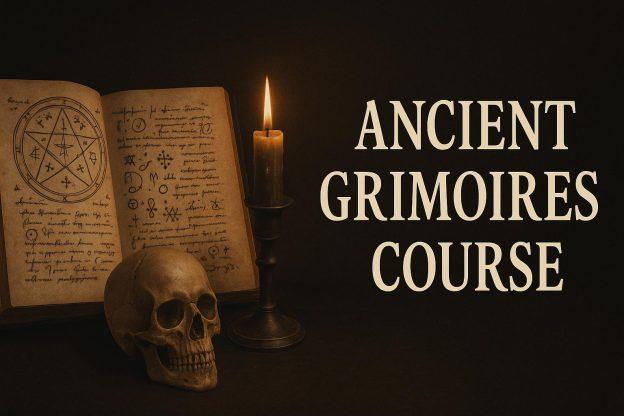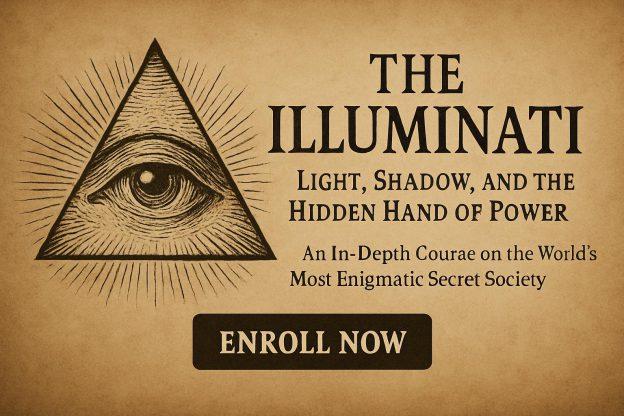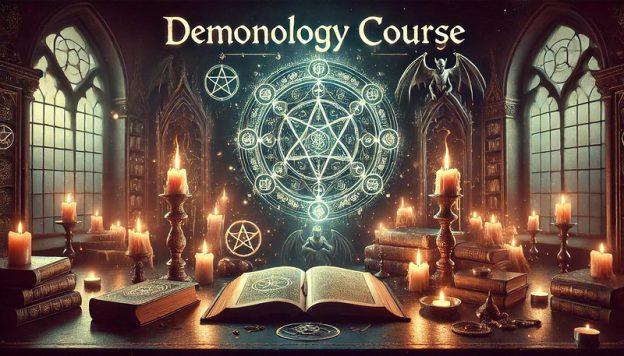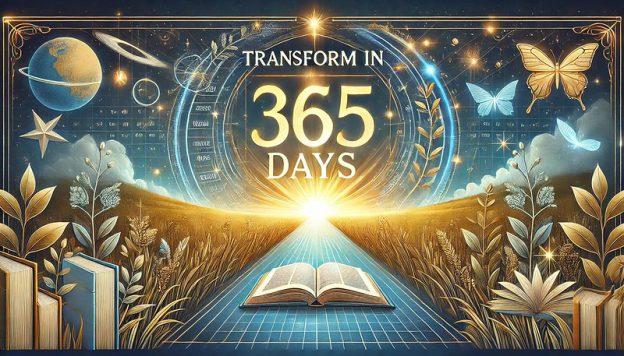Deuteroscopy
Deuteroscopy is a form of divination that involves perceiving deeper meanings or symbolic truths beyond what is immediately visible or apparent. The practice focuses on interpreting a “second view,” where an individual revisits what has already been observed but perceives it through a lens of heightened intuition, insight, or spiritual revelation. Deuteroscopy encourages looking beyond the literal to uncover hidden messages or uncover truths that are not immediately obvious.
Etymology
The word deuteroscopy comes from the Greek roots deuteros (meaning “secondary” or “second”) and skopiā (meaning “observation” or “viewing”). This etymology highlights the practice’s emphasis on seeing again, with a refined or transcendent perspective, and recognizing deeper layers of meaning.
Concept and Practice
At its core, deuteroscopy relies on the belief that the universe communicates in symbolic ways, and the ordinary events or objects of daily life often carry hidden significance. Practitioners of deuteroscopy might:
Reflect on a recurring image, dream, or experience to interpret its deeper implications.
Revisit situations, locations, or objects with a fresh perspective to uncover hidden patterns or insights.
View seemingly mundane events as symbolic messages, emphasizing the interplay between the physical and metaphysical realms.
For example, observing a bird in flight might initially seem ordinary, but through deuteroscopy, the flight could symbolize freedom, transition, or even a specific omen tied to the observer’s question or state of mind.
Historical and Literary Significance
Deuteroscopy has been referenced in literature and folklore, often associated with individuals who possess an intuitive or supernatural ability to perceive beyond the veil of ordinary reality. One famous mention comes from Sir Walter Scott, who described it in the context of Highland seers:
“I felt by anticipation the horrors of the Highland seers, whom their gift of deuteroscopy compels to witness things unmeet for mortal eye.”
—Sir W. Scott.
In this quote, Scott captures the dual nature of deuteroscopy as both a gift and a burden. Those with the ability to see beyond the surface are often privy to truths that can be unsettling or overwhelming, such as premonitions of death, misfortune, or other profound events.
Applications of Deuteroscopy
Deuteroscopy can manifest in various ways, including:
1. Dream Interpretation: Revisiting dreams to extract deeper meanings or prophetic insights.
2. Symbolism in Nature: Observing natural phenomena, such as the behavior of animals, weather patterns, or celestial events, and interpreting their significance beyond the literal.
3. Second Sight: A form of extrasensory perception where individuals perceive future events or hidden truths upon revisiting a situation or memory.
4. Art and Literature Analysis: Delving into works of art, poetry, or prose to uncover layers of meaning and symbolism.
Modern Relevance
While the term deuteroscopy may not be widely used today, its principles are still relevant. Practices like mindfulness, symbolic analysis, and reflective thinking often mirror the concept of “second sight.” By encouraging individuals to look beyond the surface, deuteroscopy aligns with modern ideas of intuition, self-awareness, and spiritual exploration.
In contemporary spiritual practices, deuteroscopy serves as a reminder that what we initially perceive is often just the beginning. Through a deeper, more intuitive examination, we can uncover the profound interconnectedness of events, objects, and experiences.
Symbolism and Philosophy
Deuteroscopy reflects the philosophical idea that reality is layered and multi-faceted. It teaches that understanding often requires more than observation—it demands interpretation, reflection, and a willingness to see the world from new perspectives. Whether applied to divination, art, or personal growth, deuteroscopy encourages the seeker to move beyond the surface and embrace the depth of life’s mysteries.










